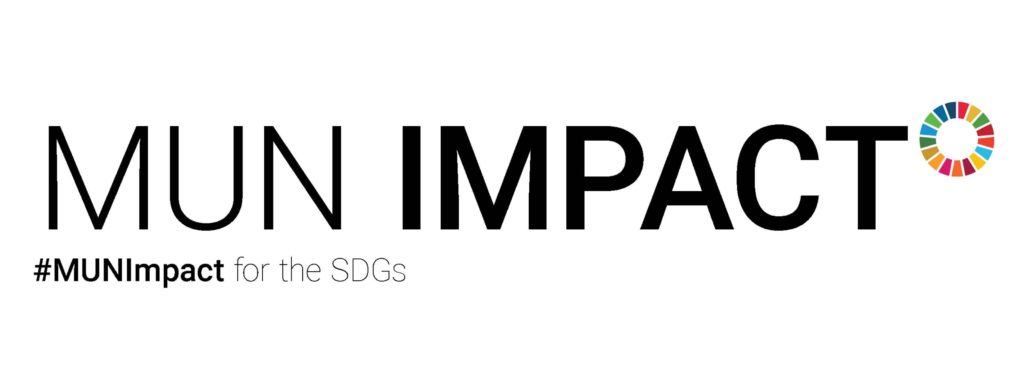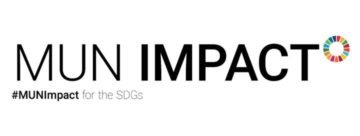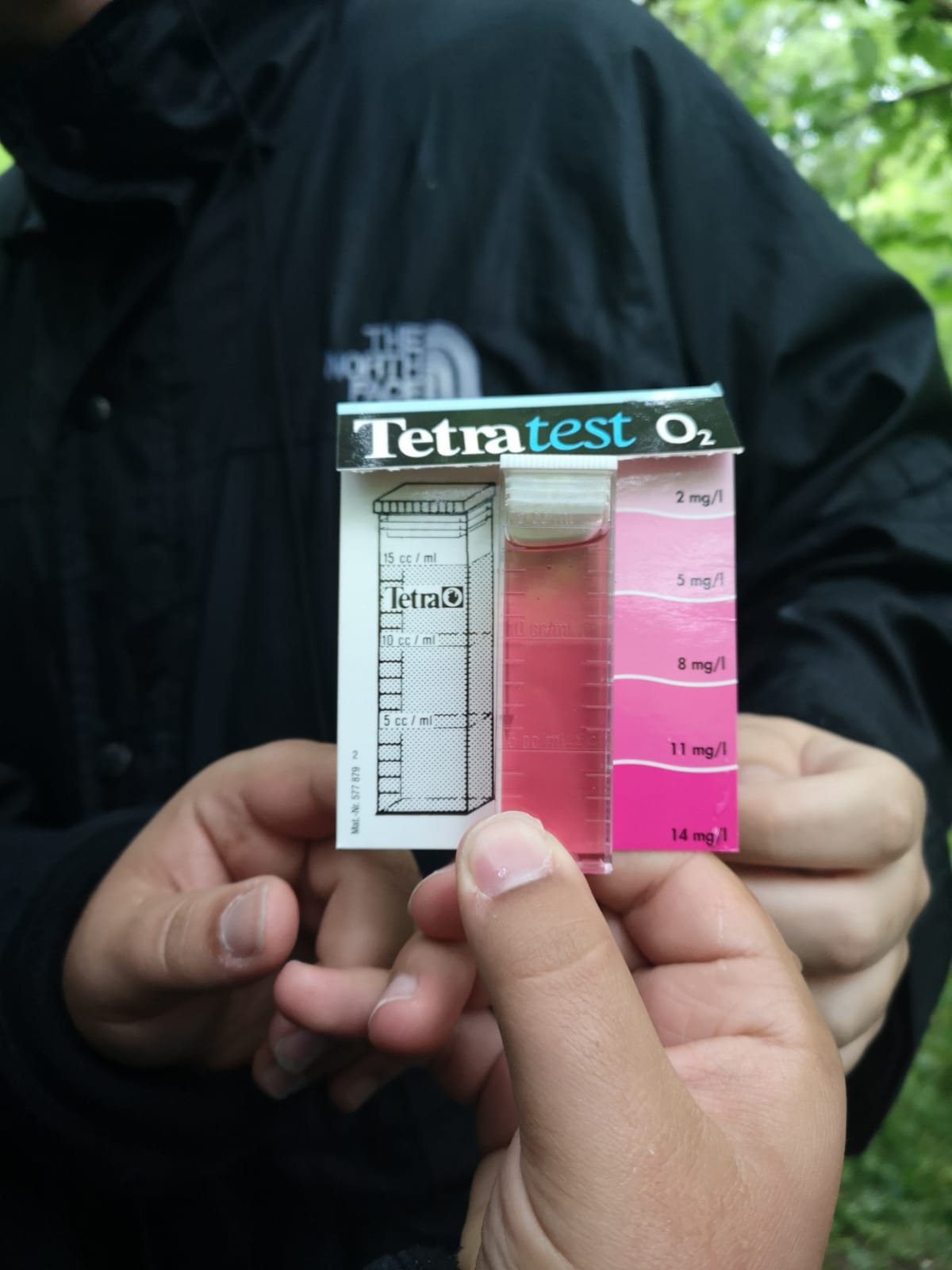As they celebrate a year of partnership with MUN Impact, Munabe College (Loiu, Spain) is excited to reveal the impressive projects they have undertaken in their community. They focused on Sustainable Development Goals 13, 14 and 15, with further emphasis on SDG 14- Life Below Water.
Munabe’s MUN Impact Director, Jaime Nunnikhoven’s report on their Impact is as follows:
1. First river cleanup
On Friday 22 of May 2019 we took the river cleanup initiative which consisted of the following:
Investigation
The investigation consisted of a process in which we observed the pH level of thewater and its’ fluidity in correlation to the oxygen levels present. We further discovered that the water temperature close to summer is 12.5ºC. Our reactive tests revealed a pH of 7.1 as well as an adequate level of dissolved oxygen at 10 mg/L. In order to understand this phenomenon, we further investigated the fluidity of the water, as more movement indicates higher levels of oxygen. Results showed that the water fluidity was quite high. Additionally, the ecosystem of the river carried an array of invertebrates from efímera larva (Mayfly) to trichoptera larvae (Caddisflies), a good amount in such a small body of water.
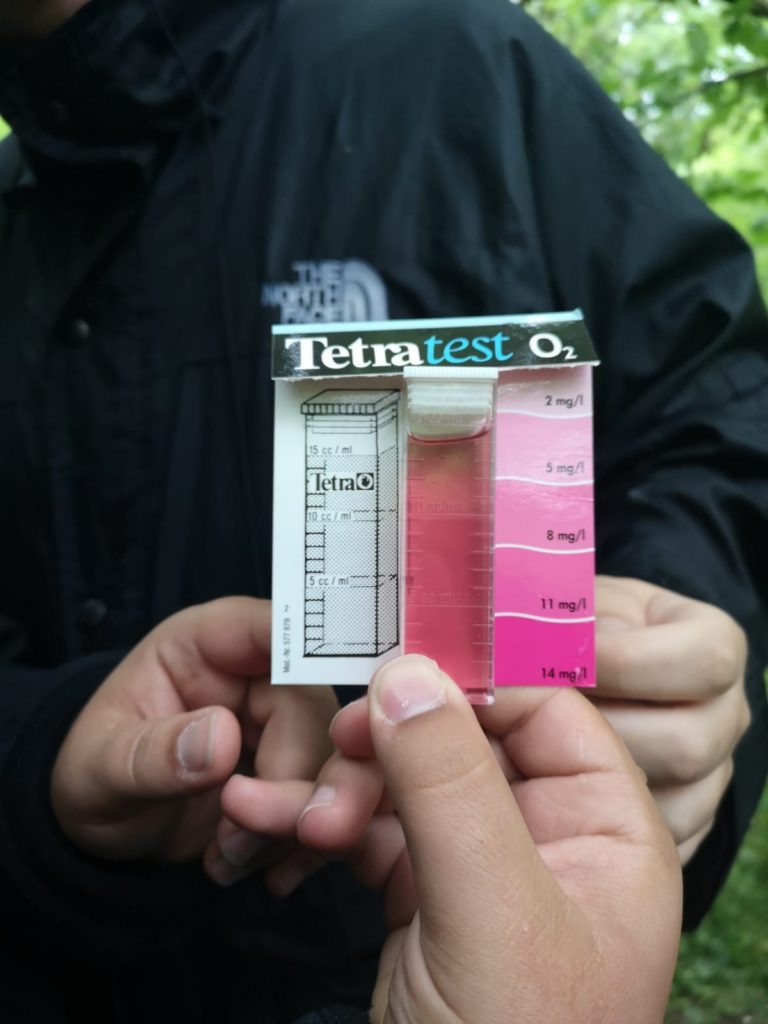
Cleanup
The cleanup consisted mostly of picking out plastic waste blown into the river by the wind gushing from the mountains. Our chosen area was the section of the river contained within school property; it included the river, the riverbanks and their surrounding areas.
Findings
Most of the waste found in the river was made up of plastics. A possible concern was that of microplastics settling in the water, but on inspection of the strong current, it was highly unlikely. We also found remains of a water waste management system that had belonged to a non-functioning pool of our school. It mostly consisted of metal and tape, possibly used to keep people away from the site. Other plastic waste consisted of bags and bottles of water. Beverage cartons and tin cans were also found.
Conclusion
All in all, we were pleasantly surprised by the small amount of waste found during our annual cleanup. This is possibly due to the fact that this small river flows quite fast, washing away most of the waste. This project encouraged both applicants and volunteers of our club to be more socially aware and to further explore the area to commence more initiatives in the future, hopefully addressing the wider issue of pollution in the river as a whole.
2. Mapping the movement of undisposed waste on school grounds:
On November 25th 2019, we took on an activity consisting of mapping where most of our rubbish ends up within school grounds. We created a map highlighting areas where litter was found, further classifying them into organic or inorganic waste.
Mapping
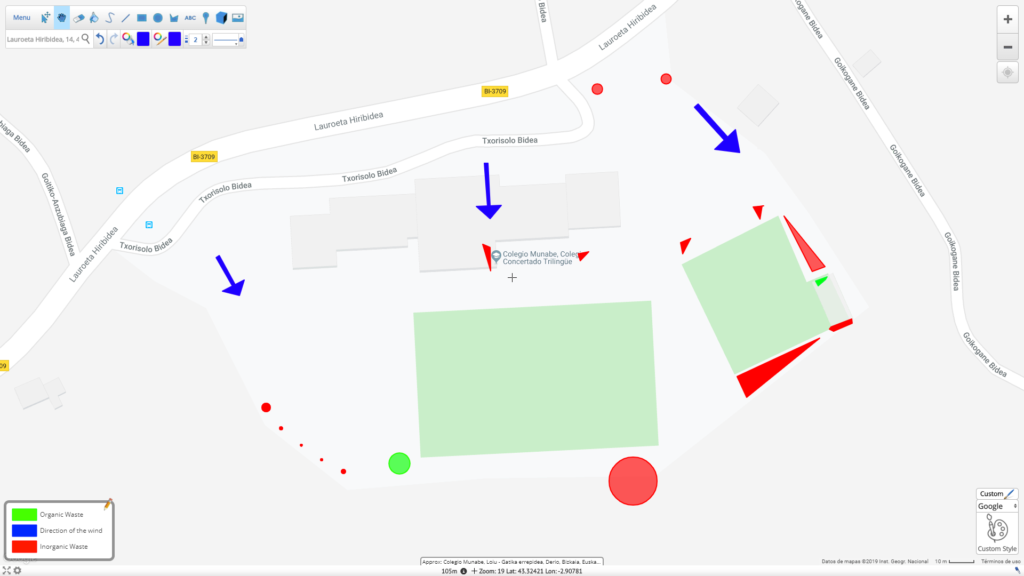
We found more inorganic waste (consisting of wrappers, plastic bags and disposable water bottles) in these areas. However, we were able to determine that some if this waste blew into school property from the adjacent roads and areas due to the direction of the wind. It was also noted that these ‘rubbish hotspots’ marked on the map did not indicate that the waste piled up in those places long-term, but rather they act as dumpsites before the cleaning crew picked it up. That being said, the waste found closer to the river wasn’t cleaned up until we began to maintain the riverbanks. Unfortunately, we also came to the realization that these hotspots actually do contain bins, but they were not being utilized properly. We have therefore requested students to dispose of waste accordingly.
Conclusion
We are currently working on spreading awareness among the student body of correct waste disposal. The student council has since held a few informative presentations on the matter. As a result of mapping the locations of rubbish sites, we were able to extrapolate where waste is piling up and hence where we should focus our efforts in order to keep our school clean.
3. Second river clean up
On November 29th 2019 we continued with our previous cleanup of our school’s river and have made it a monthly task:
Cleanup
This time around we were happy to find little to no inorganic waste. Instead, we discovered organic matter such as plants, weeds and other decomposing material, hindered the flow of the river, which in turn affects its’ ecosystem. Consequently, we worked on removing everything that was blocking the river until the current was noticeably better and stronger. Furthermore, we made sure to remove the obsolete water waste management system that had no use.
Conclusion
This project has taught us a lot about ecosystems, especially those below water, as well as ways to improve our efficiency in maintaining school property while keeping sustainability in mind.
